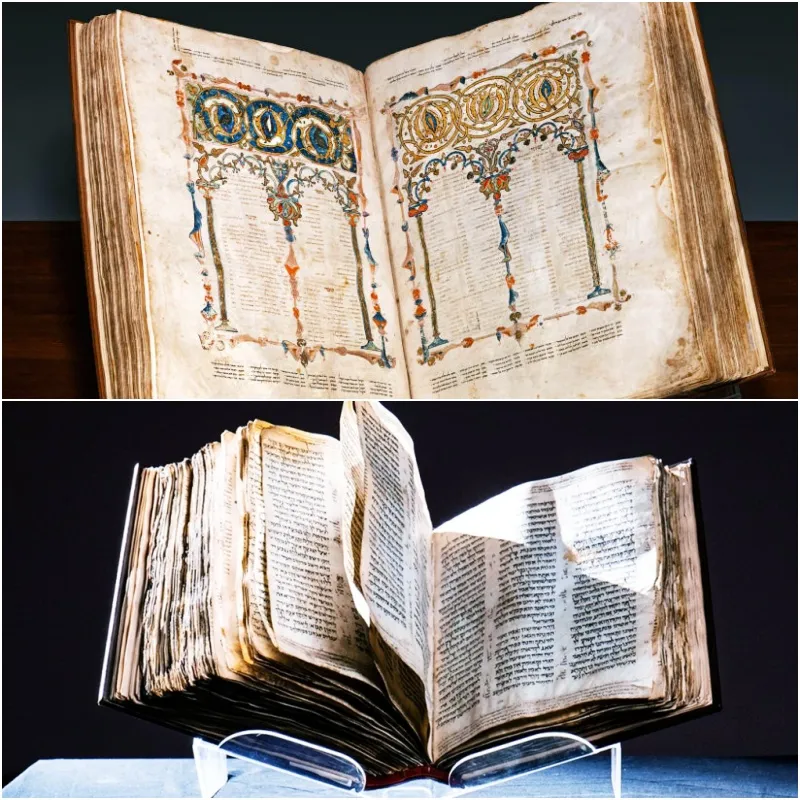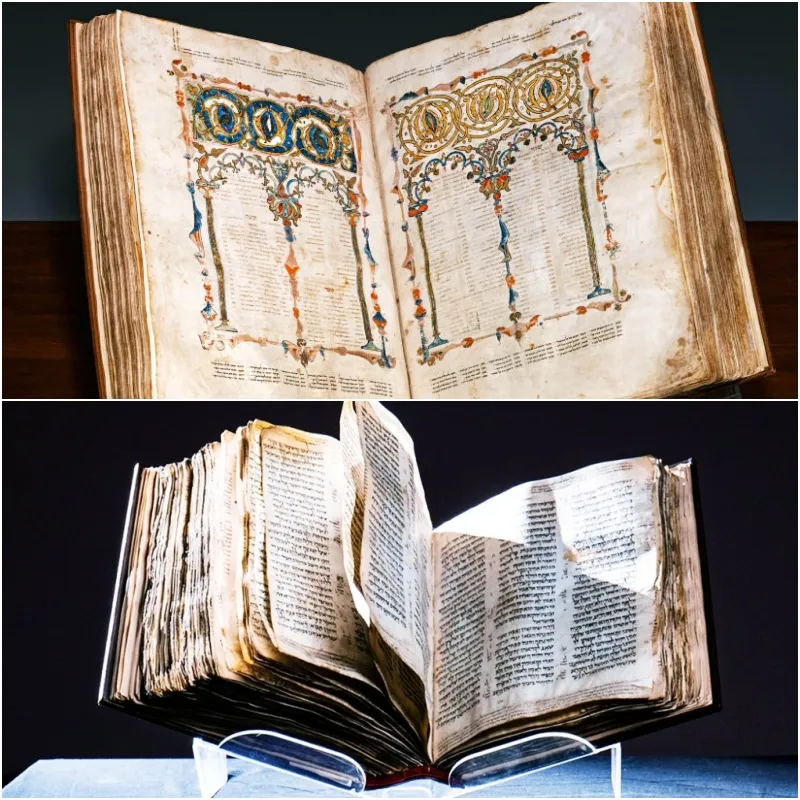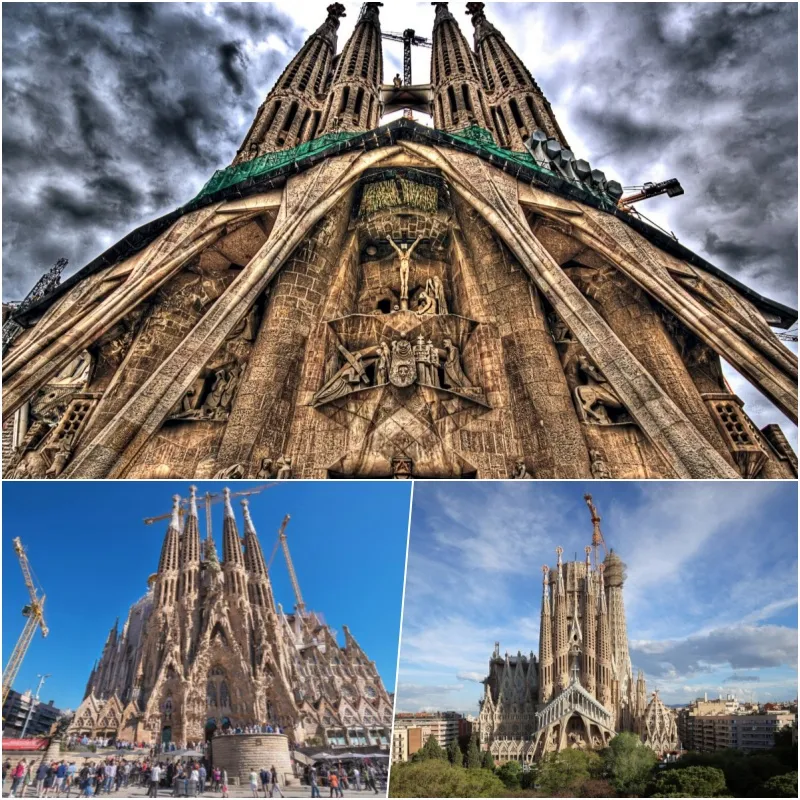
Spanish Biblical Masterpiece Estimated at Over $5 Million
The Shem Tov Bible, a 14th-century manuscript, is expected to fetch between $5 million and $7 million at an auction on September 10.

This ancient Bible will be featured in the auction titled The Shem Tov Bible: A Masterpiece From the Golden Age of Spain at Sotheby’s New York. The work was created by Rabbi Shem Tov Ibn Gaon in 1312 in his hometown of Soria, located in present-day central Spain. The 768-page manuscript is considered a masterpiece from Spain’s Golden Age. After Rabbi Shem Tov’s death, the Bible was acquired by Sar Shalom ben Phinehas, a Jewish leader in 14th-century Baghdad, Iraq. Sotheby’s notes that the manuscript remained in the Middle East for centuries and may have undergone restoration during that time.
The Shem Tov Bible resurfaced in Tunisia in 1868, where it caught the attention of renowned Jewish scholar Eliezer Ashkenazi, who unsuccessfully attempted to acquire it. In 1909, the manuscript was purchased by collector David Solomon Sassoon (1880-1942) from a family in Libya. After the Sassoon family sold the artifact in 1984, the Bible was displayed in exhibitions in Amsterdam, Berlin, New York, and Dallas throughout the 1990s.
The work is divided into three parts: the Torah, the Prophets, and the Writings. Christians refer to these texts as the Old Testament. Catholic, Orthodox, and Protestant denominations all incorporate them into their Bibles. Muslims regard these as divinely revealed scriptures, with many of the stories included in the Qur’an and subsequent works.

Hat adds to the Bible’s extraordinary value, beyond its historical significance, is its intricate illustrations. For instance, on page 760, a trio of gold horseshoe arches—common in Moorish architecture, a variant of Islamic architecture in Spain—adorns the beginning of the text.
The Shem Tov Bible is an essential part of religious history, playing a crucial role in conveying the Hebrew Bible faithfully and accurately, as we understand it today.






